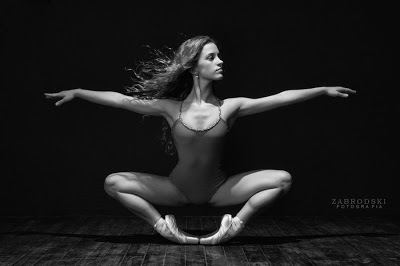That brief moment when the whole world seems to stand still – that temporary inaction while we focus on the future and prepare to commit our next move – is called a pause. Why do we need this when playing billiards?
Simply because, when we pause, we allow our energy and thoughts to collect and then to gracefully unwind into fruition. When we pause we create a moment of freedom in the mind, so that what comes next is pure poetry, and as natural as possible.
After every pause comes something anticipated and hoped for. We see this happen during a championship match when all of a sudden there is a tipping point—a change in the landscape when we all instinctively sense that something special is about to happen. It is the pivotal moment in a game when the crowd holds its breath and becomes silent, waiting. The atmosphere thickens with expectation as the next chapter of the event unfolds. What will happen? No one knows, but you can be sure that it was a pause that introduced that special moment.
Like the calm before the storm, the pause introduces the next event in our quest for victory. So embrace it, and use it to your advantage.
According to the dictionary, a pause is a point in time where there is inaction. I prefer to say that a pause represents a smooth transition between two points in time. For when we pause in our stroke, there is never a point of inaction but rather a slowing down of time as we move through our stroke. I like to imagine a natural loop as the arm slows down until it appears to have stopped but actually continues to loop gradually back in the tiniest of increments. There is no actual stop in the action but rather a continual, albeit very, very slow, smooth transition from backswing to forward stroke.
When we make a conscious effort to slow this part of our game down so that there is a pause on the final backswing, we allow the muscles to relax so that they can spring gracefully into action with the most natural and purest motion possible.
The art of pure motion is the science of transition from one position to the next, just as we see in the ballet dancer, the Jujitsu practitioner, or the professional racecar driver; all are working at every moment to achieve smooth transitions from one situation to the next.
The untrained eye may see erratic disconnections, but the expert will see the beauty and logic of each move. The same can be said of a smooth and graceful pool player, like Allison Fisher. Her technique is flawless and as smooth and flowing as a dancer. Moving from one shot to the next, she demonstrates cool, calm knowingness as she flows in and out of the table between each shot, pausing for exactly the same amount of time on every visit to the table. It is poetry in motion, and one cannot do better than to model this example of the technique, attitude, and mindset.
In billiards, the action of hitting a cue ball couldn’t be simpler, and yet we tend to complicate things and allow our emotions and nerves to get in the way. If they do, you need to slow down, learn to relax and flow more. As I explained in the Rhythm of Success, you want to develop a rhythm around the table as you play. Good rhythm requires good transitions, and good transitions require a pause. It may be subtle, it may be brief, but it is absolutely essential.
Slow down, breath, flow, and pause before every major transition in your routine, of which the transition between the backswing and the final stroke is paramount.
Allison Fisher’s pause before her final stroke certainly hasn’t hurt her game!
A good way to gradually introduce a pause into your stroke is to practice pausing throughout your day. Before you eat, drink, or begin any completely new activity, you should briefly pause to reflect on the moment. Stop all mental chatter and just pause and exclusively focus on what you are about to do before you take action. By doing this you will train your mind to be more contemplative and less erratic. When you play billiards, this same habit should easily transfer over and you will find yourself feeling a greater sense of control at the table. In effect, the pause will help to remind yourself that you are in control; you are the driver of this vehicle we call the human body. By pausing, you are literally “resetting” your mental “operating system” and starting afresh.
Now that we have covered the fundamentals of a good technique, it’s time to address attitude and how it is a critical component of a great player’s arsenal.
Softcover $9.95 (+ shipping)



Leave a Reply
You must be logged in to post a comment.